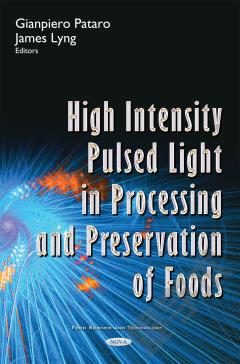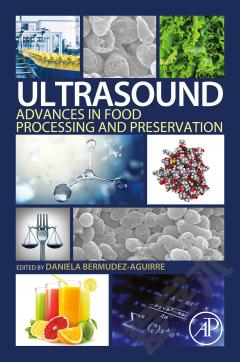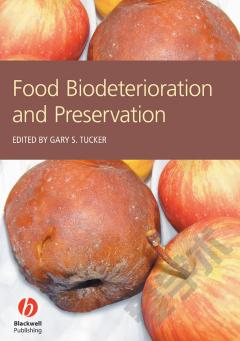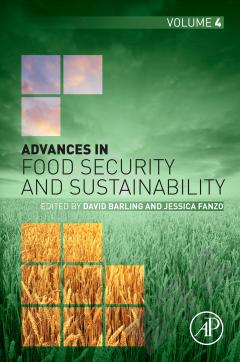High Intensity Pulsed Light in Processing and Preservation of Foods
High intensity pulsed light (PL) is one of the most appealing non-thermal technologies, due to its short treatment time and its wide range of applications in the preservation of packaged and unpackaged food products, as well as non-preservation processes for the food industry, water disinfection and medical applications. This is confirmed by the large increase in research articles published on the subject over the past years, and increasing interest from food producers concerning the use of this technology. High Intensity Pulsed Light in Processing and Preservation of Foods is the first book specifically focused on PL technology in a convenient single-source volume. It offers an incisive view on the latest developments and advances in this exciting technology from the perspective of microbiologists, biochemists, food technologists, electrical, environmental and food engineers, and medical doctors. On completion, it will provide a comprehensive overview of this field, highlighting the positive aspects of pulsed light applications as well as discussing areas of weakness and future trends. The book first provides basic information on the need for food preservation, the decontamination problems faced by the food industry and the expectations of the consumers. The most appealing current and emerging methods are briefly described, providing a general review of the applications and the efficacy of conventional UV light for the purpose of inactivating microorganisms in the food and water. Part I follows the introduction and reviews the principles of PL technology as non-thermal decontamination methods of foods while also describing equipment for generation of PL, the main critical design factors and control parameters. It also deals with the potential safety hazards when treating foods with PL. Part II critically analyzes and discusses the effect of PL on safety and quality of food products. It elucidates mechanisms of microbial inactivation, discusses critical processing factors, reviews current background on the inactivation kinetics of microorganisms and enzymes as well as the impact on bioactive molecules, nutritional properties and quality parameters in foods. The use of PL as part of a hurdle or minimal processing strategy in conjunction with other factors or techniques of preservation is also considered. Finally, the third part of the book describes applications of the PL technology past the food sector, such as for water disinfection and parts of the medical field as well as regulatory aspects. High Intensity Pulsed Light in Processing and Preservation of Foods is a valuable reference for members of both academia and industry who are interested in gaining wide and comprehensive knowledge of PL technology.
{{comment.content}}








 京公网安备 11010802027623号
京公网安备 11010802027623号